Together with giving you career advice to work in fashion, on Glam Observer, we like sharing with you about the different roles in the industry. Because it’s not only the idea of how to get a job in fashion that may be confusing and a stressful process, but you are probably experiencing – or have experienced before – uncertainties about which career is the right for you. This is why we like breaking them down so that you stay informed about the different possibilities in the industry (there are so many!).
In this article, we will cover the role of the Trend Forecaster in fashion. We will be exploring everything from the main tasks and responsibilities they have, the skills you need, what studies you can do, and steps to take to become a Trend Forecaster.
What does a Trend Forecaster do? And how to become one?
What Is Trend Forecasting?
Many are left questioning this unique role in fashion. Basically, trend forecasting is the process of identifying new trends and predicting how they will shape the fashion industry – everything from silhouettes, textures, graphics, and colors to fabrics.
Forecasters are usually based at a forecasting agency such as the well-trusted WGSN. But they also work in fashion companies – from fast fashion to luxury brands.
There are two types of fashion forecasting:
Short-term forecasting
Short-term forecasting gives an idea of what kind of fashion will be at the top of popularity for a very short time, usually 12 months or less. It usually lasts from one season to another. This involves the consideration of garment detailing from colors, fabrics, and prints to silhouettes, embellishments, and construction.
Long-term forecasting
Long-term forecasting, instead, can give an idea of what fashion can come or stay up to for 5/10 years ahead. It can drive brands to reposition or expand sections of a business including: introducing/removing product lines and planning new retail concepts.
Anticipating new trends is the short way to put it, but what does this really mean? What are the methods and steps taken by a trend forecaster to accurately produce a trend report for designers and industry insiders to follow?
Well, they begin by examining new and emerging macro trends globally, and not just within fashion. It’s important that a forecaster takes into consideration what’s happening in the world and any cultural changes, as fashion trends can arise from changes in societal behavior. This is how fashion trends work. It’s crucial to observe the people too. A great example was the grunge trend that emerged in the 90s as a statement, that then trickled up and was emulated by designers.
Trend forecasters are also responsible for analyzing sales figures, and market trends, and recording patterns or trends that are emerging. It is critical to monitor a wide range of information from buying habits and consumer surroundings in everyday life that might just influence the next season’s choice of color or fabric.
They also attend many events as part of the research, including huge trade shows such as The London Textile Fair and fashion shows to evaluate current trends and popular recurring silhouettes, skirt lengths, or color schemes.
In this equally creative yet analytical role, the forecaster counts on data analysis to uncover consumer habits and frequent patterns to arrange reports.
The standard responsibilities include researching cultural, economic, and celebrity style trends, keeping up to date with all news outlets, using creativity to envision new fashion, maintaining relationships with clients, and presenting your research to your clients or designer in-house. Ultimately, the end goal and purpose of the intense research is to produce an easy-to-read, visual report with all your findings to help assist clients and designers at the start of the fashion chain. Designers then use these trend reports as resources and their own research for inspiration for their next collections to make informed decisions on the direction of the new season. Yep, a fashion collection isn’t purely made from the inspiration of the designer, but they are also business choices behind them.
Do you think you could forecast the forthcoming trends on the runway and in retail from season to season?
It may excite you or terrify you… While it’s true that the job is very fashionable and sounds like fun, it also comes with a big responsibility because the whole industry is relying on trend forecasters to kick-start the fashion season. Besides fashion designers who work with trend forecasters, fashion buyers, and merchandisers do that as well because they have to know exactly which trends will be dominating the upcoming seasons to buy the adequate pieces.
Otherwise, if trend predictions are wrong, all the purchases could be done in vain. Likewise, textile managers rely on trend forecasters to determine what textiles they should procure according to the type of pieces or styles that will be trendy. And so on. Overall, fashion brands and retailers work with trend forecasters to make informed short-term decisions and build long-term strategies so that their businesses can remain relevant and profitable for years to come.
That being said, every job in fashion has a different degree and set of responsibilities, and you can totally prepare yourself for this.
So, what skills do you need for such a visionary yet mathematical role?
First of all, you must always have a passion for the fashion industry to fuel your job. But as you understood from the description of the role, besides fashion, you should be curious about a wide range of subjects and cultures, as anything and everything could impact the latest trends – a book, a movie, or a piece that an influencer or celebrity was wearing lately.
Spotting trends requires a mix of personal intuition and confidence in your keen eye for trends with the analysis. So you can put analytical skills on the list as well. There is a lot of research to do, but with time you will develop expertise and be able to feel when something is likely to produce a trend or not.
So we can say research and general knowledge are the main skills trend forecasters need. The best way to gain this expertise is to research daily on multiple industries globally and pinpoint the key trends that continue to appear in the news and on social media. Spotting patterns on social media is also important to stay ahead of the game. You also need a powerful interest in the past and current fashion trends as well as a good knowledge of previous trends and where they came from, and know fashion history.
Key observation: if research seems daunting to you, then trend forecasting is not the role for you. You must be able to find interest in researching your end goal and enjoying observing the news and trying to spot any socio-economic shifts with a creative mindset of what could come of them in the fashion world.
This role is both creative and analytical, so it’s important to have both.
You don’t want to go off in a solely creative direction with no research or analytics to back you up with evidence. However, you also need creativity to work alongside your analytical brain, so you can think outside the box when anticipating the next big trends. If you have always felt torn between creativity and analytics and thus undecided about which career in fashion to pursue, trend forecasting is actually one that combines both, so this might be the perfect role for you.
What do I need to study to get started as a fashion trend forecaster?
Like with any other career in fashion, there isn’t one single path to becoming a trend forecaster. There are trend forecasting courses nowadays but people also get into this role with traditional degrees. If you hold a degree in marketing or business, for example, you sure have developed analytical skills. If you studied law or history, you have a thing for research that will be useful for a career as a trend forecaster. And if you come from the creative field, you can also transform this background into an asset to have a creative approach in your work as a fashion forecaster.
What’s interesting about this job is that it’s all about being curious and informed, so if you like to read and research, plus you have an analytical eye to analyze data and consumer behaviors, it doesn’t really matter what you studied. Yes, your studies can give you extra knowledge and skills, but that doesn’t mean you have to study fashion or take any other specific degree to predict trends in the fashion industry.
How to get a job as a trend forecaster?
Start interning
Like with any fashion job, experience goes a long way! So our advice for you is to start interning. You can intern at agencies such as WGSN or a fashion brand. Some students of our Break into the fashion industry course got started at the trend forecasting agency fashionsnoops. There are several internships out there specifically called “trend forecasting” so you can do those, but you could also turn to departments who work closely with this role – like marketing managers, buyers, merchandisers, and so on so you may have a chance to understand how trends work as well. Make sure to read the job description carefully when you apply or ask the company directly if you send a cold application, if you can be assigned tasks related to trend forecasting in your internship.
A cold application?
Yes indeed, that’s a great unconventional way to find an internship to start your career in trend forecasting (or any of your dream fashion job, really). It is especially effective if you haven’t found an opportunity online, so instead of waiting for one to come (because we don’t know when that might happen, right?), you should be proactive and send a spontaneous application with your CV and cover letter directly to the person who is doing this job at X fashion company, a forecasting agency or a publication – in this case a trend forecaster, or like we said previously, you can also intern at the buying or marketing department.
You can also support your application by including a portfolio showing your passion for trend forecasting. How? For example, you can start a blog to produce your own trend reports and write articles on occurring trends within the fashion industry and outside of it and think about how these might impact fashion. This will show employers your skills and passion for the role and will make you instantly stand out from other applicants.
Trend forecasting can be an exciting and challenging role, full of innovation. We hope you learned more about the role and will apply our tricks to start your career in this field.
Want to learn about other careers in fashion? Previously, we talked about jobs in fashion communication, fashion management jobs, the role of buyer vs merchandiser, marketing jobs, as well as how to become a stylist, editor, and writer.
Need help landing any of those? Sign up for my free webinar here.
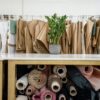
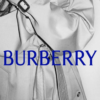
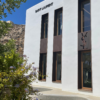
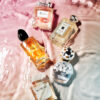
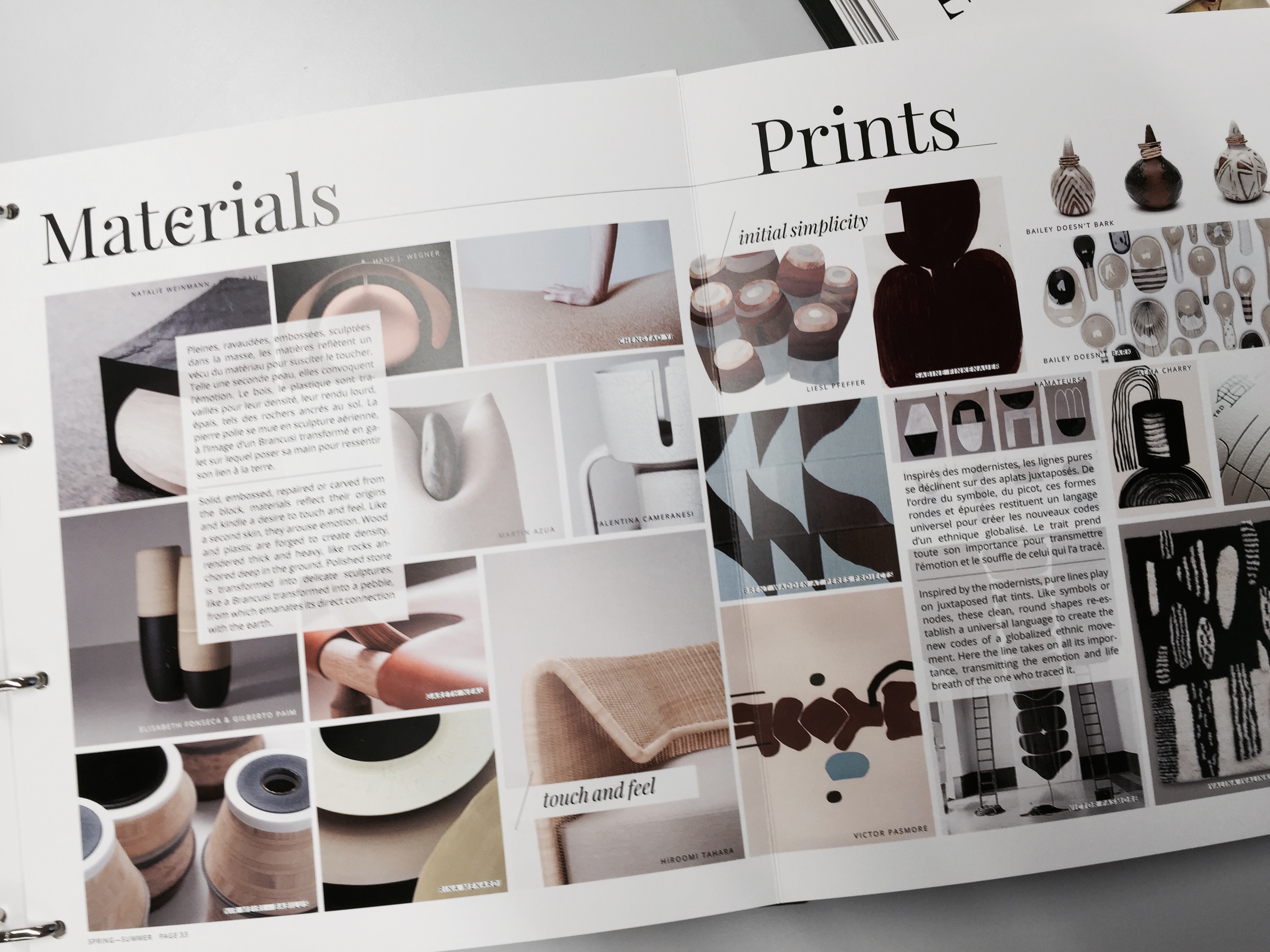
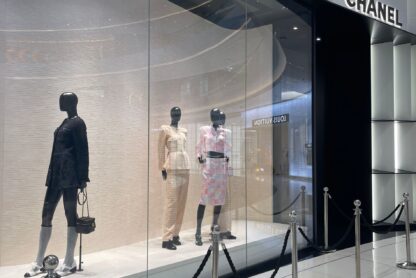
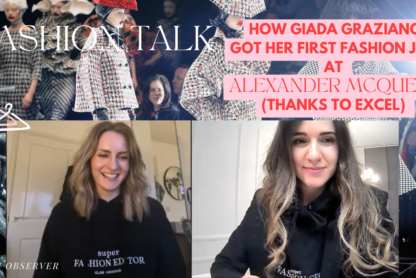
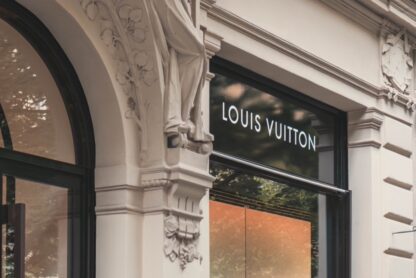
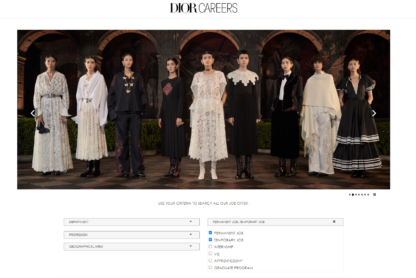

Finding this feels like I have discovered a pot of gold – thank you for helping out an indecisive fashion student! So informative 🙂